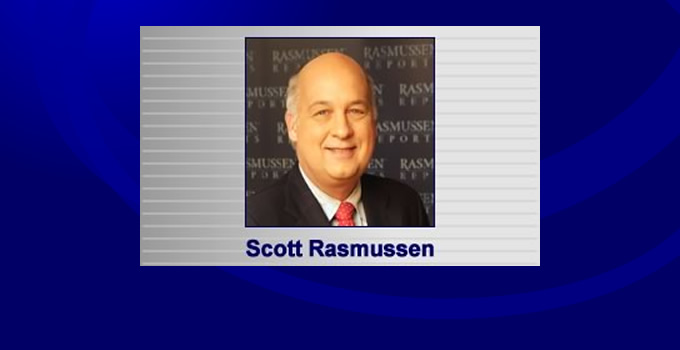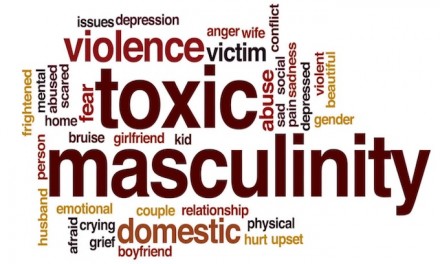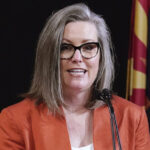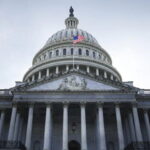Presidents Barack Obama and Donald Trump have proven the ability to disrupt millions of lives with the stroke of a pen. Last week, I wrote of how the EPA arbitrarily changed the rules simply because it didn’t like the results of Election 2016. The week before I noted that by placing its faith in unaccountable bureaucrats to pick winners and losers, the Regulatory State is a rejection of the core American values of freedom, equality and self-governance.
How did this hostile takeover of America’s government come about? There have always been people who preferred rule by elites, even in the earliest days of our nation’s history. For example, at the Constitutional Convention, Alexander Hamilton proposed that we elect a monarch for life and give him extensive powers.
A century later, a young scholar who later became president described voters as “selfish, ignorant, timid, stubborn, or foolish.” Woodrow Wilson dreamed of a nation led by “a corps of civil servants prepared by a special schooling and drilled, after appointment, into a perfected organization, with appropriate hierarchy and characteristic discipline.”
Elite support for centralized power grew steadily. Still, for most of our history, the public commitment to freedom and self-governance generally prevented things from getting too far out of hand.
That all changed on the morning of December 7, 1941. “Never before or since has America been so unified,” according to historian Craig Shirley. “There were virtually no Americans against their country getting into World War II after the unprovoked attack by the Japanese at Pearl Harbor.” In that unity, and in a desire to preserve the nation, Americans trusted their government as never before or since.
President Roosevelt used that trust, took command over every aspect of national life, and won the war. When it ended, the U.S. enjoyed an economic boom unrivaled in history. The response to Pearl Harbor gave the federal government a fair amount of credibility and a large dose of goodwill.
It was this historical aberration — a brief moment in history when Americans placed enormous trust in the federal government — that allowed the regulatory state to firmly take root in American society.
The moment didn’t last.
During the 1960s and early 1970s, the next generation of politicians squandered whatever good will and credibility the federal government had earned. But it wasn’t just the mistakes of politicians that created the distrust. It was simply a return to the natural order of things.
Unfortunately, before America’s natural and healthy skepticism about centralized power returned, the foundations of the Regulatory State were put firmly in place by the Nixon Administration. It was designed to reduce what Wilson considered the “meddlesome” influence of voters and it has done just that.
The good news, however, is that the culture leads and politicians lag behind. Today, that culture is leading away from centralized bureaucratic control. The 200 million smartphones and other digital tools place unprecedented power in the hands of the people. As Harvard’s Nicco Mele observed, “Radical connectivity is toxic to traditional power structures.”
Lacking any solid foundation in a culture committed to freedom and self-governance, the Regulatory State is now justified only by fading memories of an historical aberration. No matter how desperately those at the top cling to power, it cannot last. A one-size fits all central government cannot survive in the iPad era.
To find out more about Scott Rasmussen and to read features by other Creators Syndicate writers and cartoonists, visit the Creators Syndicate Web page at www.creators.com.
COPYRIGHT 2017 CREATORS.COM


















Recent Comments